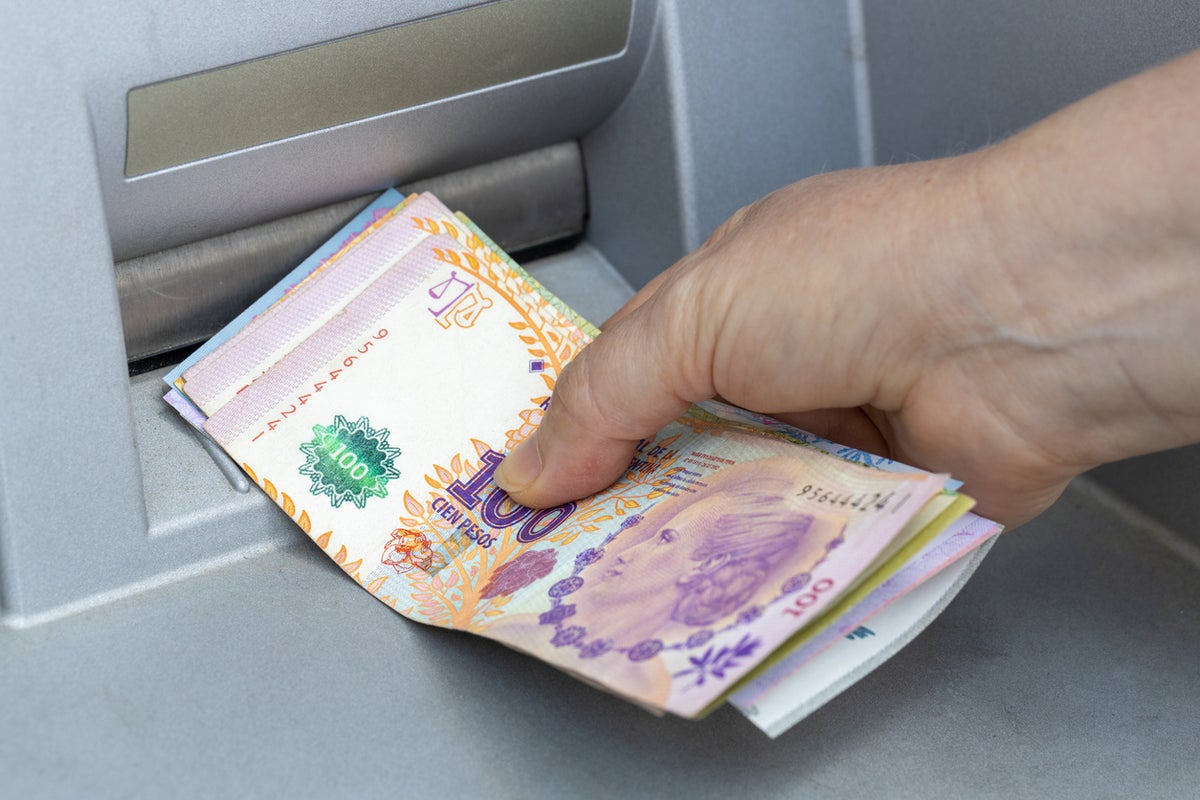
Argentina will issue a new 2,000-peso bank note in response to soaring inflation, the country’s central bank has confirmed.
The BCRA will issue the new note – worth $11 (£9) – as customer prices jumped by nearly 95 percent in the 12-months to the end of December, marking the fastest pace of inflation in the country since 1991.
The largest peso bill is currently 1,000 pesos, with just a $2.75 value in the international markets.
The BCRA said in a tweet that the new bank note would “commemorate the development of science and medicine in Argentina”.
The note will feature pioneering doctors Cecilia Grierson and Ramón Carrillo, the central bank confirmed, although there is no further information on the circulation date.
The initial introduction of the currency saw it pegged at one US dollar in 1992. Following the financial crisis, but the initial fixed exchange rate system was abandoned after Argentina was plunged into a financial crisis in 2001 and 2002.
Rising prices have been attributed to an influx in central-bank money printing, as well as the war in Ukraine.
The International Monetary Fund (IMF) approved another $6 billion (£4.9bn) of bailout money in December for South America’s second-largest economy. The country already owes more than $40 billion to the IMF.
The country saw three economy ministers in the space of four weeks last summer, a sign of the complex nature of the economic turmoil the country faces.
The central bank raised the main rate of interest to 75 per cent as it tried to rein in the soaring cost of living. Argentina faces some of the highest inflation levels in the world, with rates topping 70 per cent.
Finances in the country have been an issue since the economic crisis of 2018, which Argentina has still not completely recovered from.
Poverty levels in the country are estimated to be at nearly 40 per cent, compared to the start of the crisis where levels were around a quarter.







